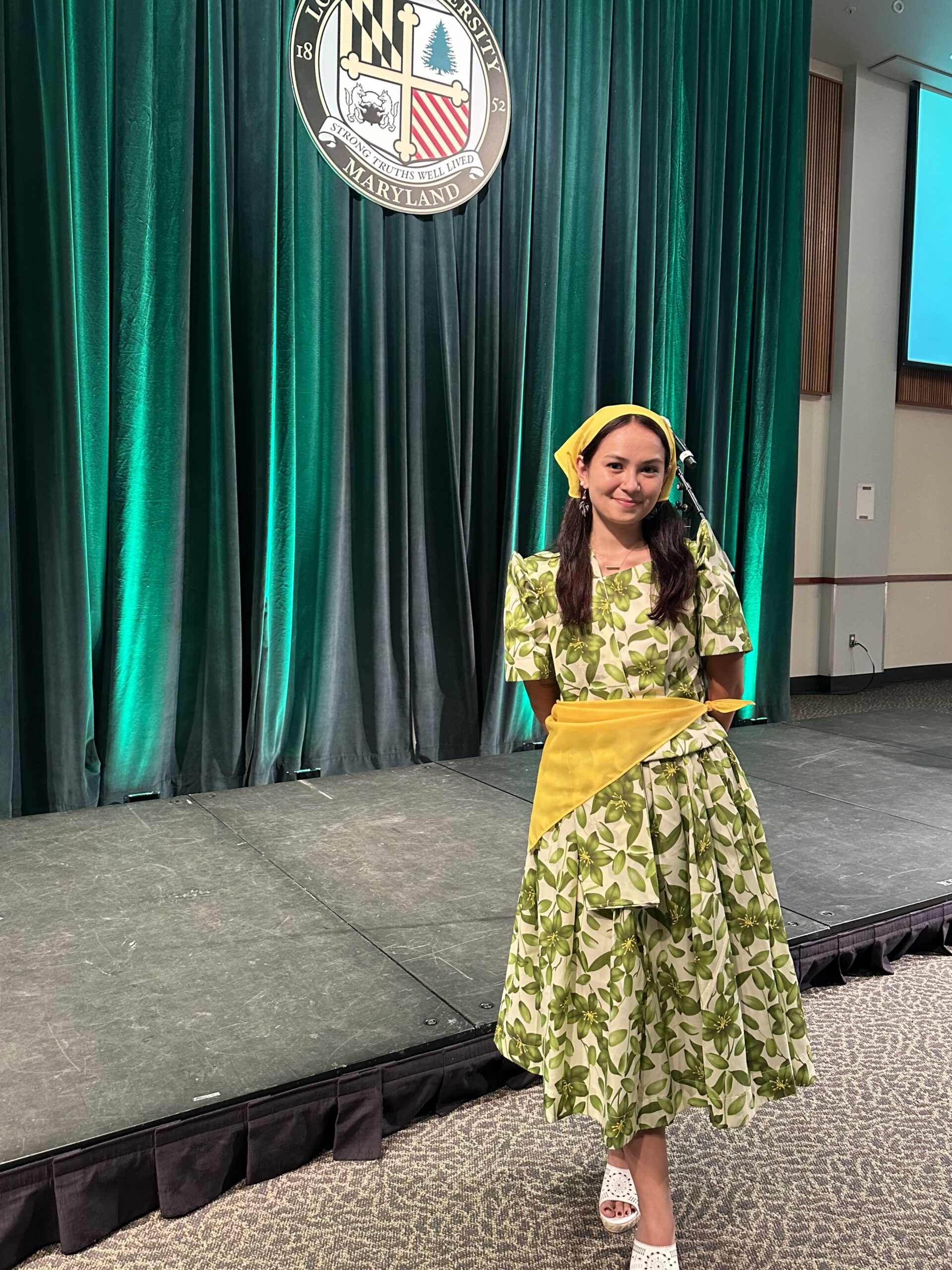This article will analyze the link between Dutch colonialism and human labor modern- day fast fashion.
On almost every continent from the Americas to Asia, a colonial history exists. While the English and Spanish colonial histories are briefly taught in the American school curriculum, the Dutch colonial legacy tends to be sidelined. The Dutch once had colonies in Indonesia, India and Cambodia, where sweatshops for brands like SHEIN, Zara and Forever 21 now exist to fuel the demand of popular fashion brands.
HISTORY
To examine the current link between Dutch colonialism and modern exploitative labor, it’s crucial to look at its origins. By definition, colonialism “occurs when one nation subjugates another, conquering its population and exploiting it, often while forcing its own language and cultural values upon its people.” In the late 1500s, the Dutch made their first encounter in West Java and set up the Dutch East India Company, also known as the VOC (Verenigde Oostindische Compagnie), five years later. The VOC would quickly make profit in their colonized countries, exporting popular resources like tobacco, sugar and coffee. Indonesia is currently one of the largest coffee producers in the world, and still uses child labor; it also has unsafe working conditions.
Another principle of colonialism is profit over all else. Consequently, this often sacrifices human labor and the environment for the sake of making profit. A major good the VOC exploited in the 1600s was the monopolization of spices, such as nutmeg and cloves. Through cheap, and sometimes slave labor, the VOC forced indigenous and African people to manage and extract resources such as coffee, sugar, tobacco and various spices in Southeast Asia. In this process, only the Dutch profited. Though working conditions in Southeast Asian countries have gotten better, there is great room for improvement.
Dutch colonization of Southeast Asia introduced a capitalist economy to the area. Forced labor and slavery is not the same as it was in the 1600s-1700s; rather, it has transformed. The origin of sweatshops lie in England with the Industrial Revolution, which introduced profit-over-all else business practices.
FAST FASHION NOW
The exploitative human labor seen in Dutch colonialism set a precedent in Southeast Asian countries, transforming into an era of neocolonialism. Today, working conditions are still poor in sweatshops, with long hours, poor ventilation and extremely low wages. Just like the colonial era, the workers are not seeing major profit– businesses are.
Fast fashion companies such as SHEIN, Zara, H&M, Forever 21 and Fashion Nova are extremely popular in Western countries like The United States, the second top consumer of fast fashion.
This industry forces people into inhumane working conditions. Workers often do not make a livable wage, forcing them to work 14-16 hours days, seven days a week. Even then, workers still struggle to obtain the bare minimum, such as food and adequate housing. Factories often have poor ventilation, leading workers to breathe in toxic substances. Furthermore, child labor is still prevalent in the fast fashion industry, due to low-skill tasks and need for money.
The working conditions are not the only harm to workers in Southeast Asia. Since fast fashion is deep-rooted in capitalism, sustainable and environmentally-friendly business practices are not considered in the production process. Many fast-fashion factories reside in Southeast Asia, where poorly regulated emissions lead to vast consequences. The industry emits 1.2 billion tons of carbon dioxide – a greenhouse gas – into the atmosphere per year. Excess carbon dioxide in the atmosphere warms the planet, causing climate change. The rise of global temperatures generates greater frequency and intensity of natural disasters, such as the devastating floods seen in Cambodia in 2022.
So, what role do we play in decreasing the production of fast fashion? We can control demand by being conscious consumers. Consider overconsumption and the fact that you might not need more clothes, but just want them. Check the ethical ratings of the companies you buy from. Buying used clothing from thrift stores or online sellers is not only sustainable, but much cheaper as well!
It’s important to learn history so we don’t repeat it, which may be the case in fast fashion and its modern use of exploitative human labor.
Source Images: https://amsterdam.wereldmuseum.nl/sites/default/files/styles/image_keep_ratio_/public/RV-A78-33-koffieplukken-deli-sumatra.png?itok=Ay_xra1p (Image via Tropenmuseum)

















